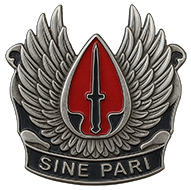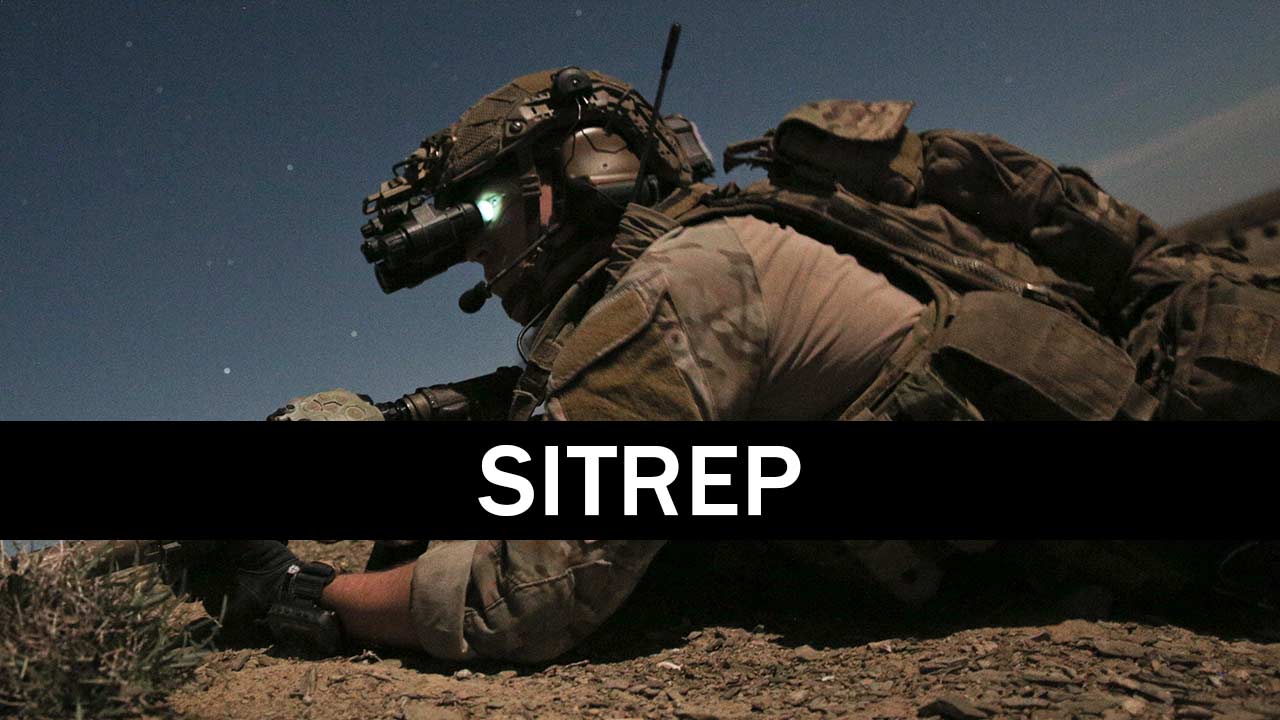Operation Iron Tide: CAG’s Covert Strike in the Heart of Kordovia
In the late summer of 2023, the United States Army Special Operations Command (USASOC) deployed a small detachment from the Combat Applications Group (CAG), more commonly known as Delta Force, to the isolated, war-torn island nation of Kordovia. A once-thriving state, Kordovia had fallen into chaos after the collapse of its government due to a brutal civil war between various factions: militant nationalists, warlords vying for power, and remnants of the former regime. The island’s location, deep within a vital maritime chokepoint in the South Pacific, made it of strategic interest to several global powers. The United States feared that instability in Kordovia could allow foreign adversaries to establish a foothold, threatening the security of trade routes and regional alliances.
The mission, codenamed Operation Iron Tide, called for a covert insertion of CAG operators to neutralize a rising warlord named Mirov Deshka. Deshka had managed to unite a patchwork of nationalist militias under his banner, forming the “Kordovian People’s Liberation Army” (KPLA). The KPLA had begun conducting attacks on international shipping lanes and seizing assets to fund its operations. Deshka’s forces had also begun receiving outside support in the form of advanced weaponry from an unidentified foreign entity, believed to be hostile to U.S. interests.
CAG’s task was to dismantle Deshka’s growing insurgency, neutralize his top leadership, and collect intelligence on the foreign backers supplying his militia with arms.
Insertion
The operation commenced with a covert night insertion of a 12-man assault team, along with two 160th SOAR helicopters, flying in under radar from a nearby U.S. Navy destroyer stationed off the coast. The operators touched down in a remote jungle clearing, approximately 20 kilometers from the KPLA’s main stronghold—a heavily fortified compound perched on the edge of a plateau, overlooking the strategic Kordon Harbor.
Navigating through dense foliage and avoiding local patrols, the CAG team made contact with a local resistance group sympathetic to the U.S., who provided critical intel on the KPLA’s movements, supply routes, and defensive setup. The warlord’s forces were well-trained, primarily ex-military who had turned to militia warfare after the fall of Kordovia’s central government. They were fortified in various locations around Kordon Harbor, with a small fleet of boats used to enforce control over the coastline.
Sabotage and Recon
Before the main strike, CAG conducted a series of sabotage operations. Under the cover of darkness, a small reconnaissance team infiltrated a KPLA-controlled airfield to disable surface-to-air missile (SAM) sites. This was crucial for allowing follow-on air support from F-35s stationed in the Pacific to provide close air cover when needed.
During the recon phase, the team also discovered an underground bunker where Deshka’s foreign military advisors were training KPLA insurgents. Photos and intel collected confirmed suspicions that a rival superpower was orchestrating the destabilization effort in Kordovia.
The Assault
Once the SAM sites were neutralized, the final phase of the mission began. At dawn, with the sound of rotor blades chopping the air, CAG launched a lightning raid on the KPLA compound. Two MH-6 Little Birds dropped the operators on the rooftops while two AH-6 gunships circled overhead, providing covering fire. Explosions rocked the compound as the CAG team breached the walls, using explosives to tear down reinforced doors and push into the inner sanctum where Deshka and his advisors were holed up.
The firefight was intense, with CAG operators using precision room-clearing tactics to swiftly neutralize hostile forces. Deshka was captured alive, though several of his top commanders were killed in the skirmish. Intelligence gathered from laptops and documents confirmed the foreign nation’s role in funding the insurgency and gave the U.S. insight into future destabilization plans in the region.
Extraction
With Deshka in custody, the CAG team exfiltrated via MH-60 Black Hawks under heavy enemy fire. The KPLA, unaware of the operation until it was too late, scrambled a response force, but it was quickly neutralized by airstrikes from the circling F-35s and precision drone strikes launched from the destroyer.
Within hours, Deshka was on his way to a classified detention facility, and Kordovia was left scrambling in the wake of the strike that decapitated its primary threat to stability.
Aftermath
Operation Iron Tide succeeded in dismantling a significant threat to U.S. interests in the region, though the covert nature of the operation remained undisclosed to the public. Deshka’s capture was framed as the result of internal Kordovian resistance, ensuring the U.S. footprint remained invisible. However, with foreign adversaries continuing to supply arms to Kordovian factions, USASOC maintained an active presence in the region, conducting follow-up operations in the shadows to prevent further escalation.
The Kordovian conflict, though subdued for the moment, remained a powder keg—one that could reignite at any moment, demanding further action from the world’s most elite operators.

